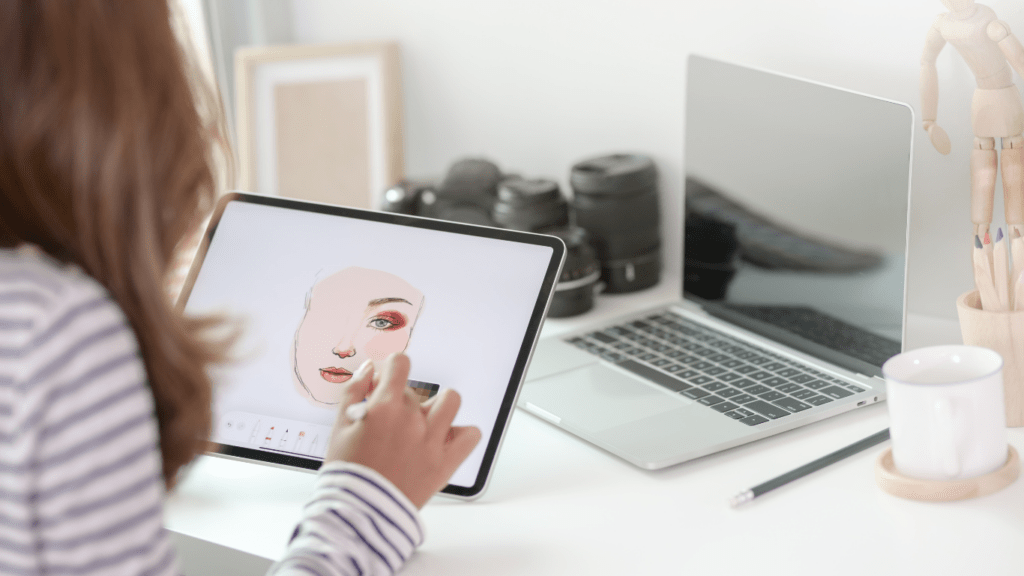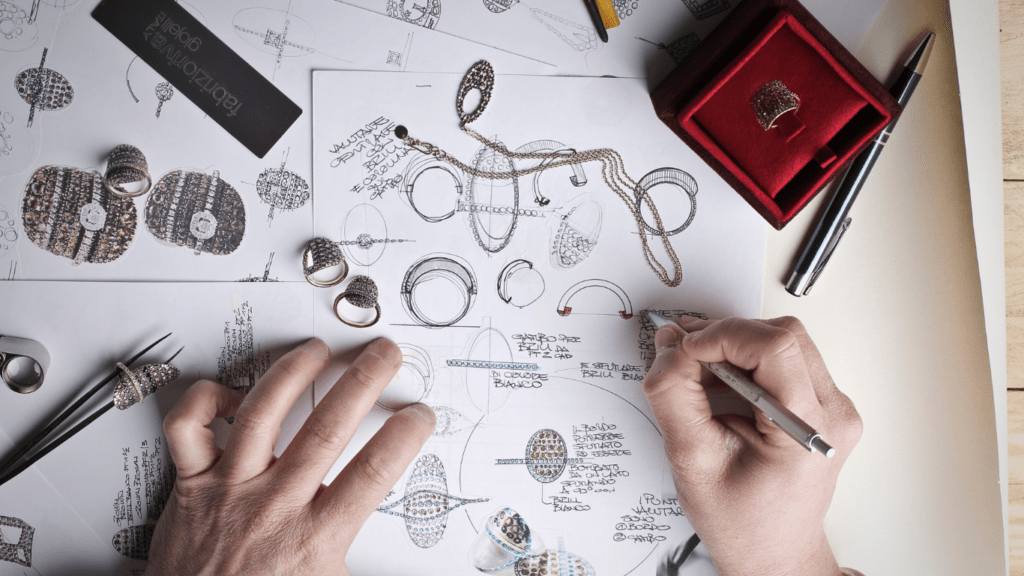Exploring the Latest Trends in Graphic Design
The Rise of Minimalist Aesthetics
Minimalist aesthetics focus on simplicity and functionality. By reducing clutter, designers create more impactful visuals. Negative space, clean lines, and essential color palettes define this trend.
Brands like Apple and Nike use minimalism to convey clarity and sophistication in their products and marketing. Simplifying elements allows audiences to focus on the core message, making communication more effective.
By adopting minimalism, designers can produce visually pleasing and user-friendly designs.
Bold Typography as a Focal Point
Bold typography grabs attention and communicates messages powerfully. Large, vibrant fonts can serve as the main visual element in a design, often enhancing brand identity.
Brands like:
- Coca-Cola
- Netflix
use bold typography to create memorable visuals.
This trend combines various typefaces, sizes, and colors for dynamic compositions. It breaks away from traditional text usage, allowing designers to push creative boundaries while maintaining readability.
Integrating bold typography can elevate a design’s impact and resonance.
The Impact of Technology on Modern Graphic Design

AI and Machine Learning in Design
AI and machine learning revolutionize graphic design by automating mundane tasks and enhancing creativity.
Tools like Adobe Sensei use AI to suggest color palettes, generate layout options, and efficiently crop photos.
These tools, employed by designers at companies like:
- Adobe
- Canva
free up time for more strategic thinking. Machine learning algorithms analyze user behavior and design preferences to provide personalized experiences, significantly improving user engagement.
AI also aids in real-time feedback, allowing designers to iterate rapidly and refine their work.
The Surge in AR and VR Applications
- AR and VR applications transform how audiences interact with graphic design.
- Industries such as retail and entertainment leverage these technologies to create immersive experiences.
- Augmented Reality (AR) allows designers to overlay digital information on the real world, enhancing user engagement. For instance, IKEA’s
- AR app lets users visualize furniture in their homes before purchasing. Virtual Reality (VR) offers fully immersive environments, as seen in virtual tours by real estate companies and interactive VR storytelling in games.
These technologies enable designers to deliver unique and engaging visual content, pushing the boundaries of traditional design.
Sustainability in Design
Graphic design trends have pivoted towards sustainability. Designers aim to reduce the environmental impact by adopting eco-friendly materials and practices, then incorporating natural and organic motifs into their work.
Eco-Friendly Materials and Practices
Sourcing materials that minimize environmental impact has become integral in sustainable design.
ecycled paper, biodegradable inks, and non-toxic adhesives are now standard selections in design projects.
Many major brands, like Patagonia and IKEA, prioritize these materials to align with their commitment to sustainability.
For example, using FSC-certified paper ensures that the materials come from responsibly managed forests.
Sustainable practices also extend to digital realms. Minimizing wasted resources, such as unnecessary print runs, and optimizing production processes reduce the carbon footprint.
Digital tools like InVision and Sketch support collaborative, paperless workflows, which further promote efficient communication and reduce material waste.
The Popularity of Natural and Organic Motifs
Natural and organic motifs have soared in popularity, offering more than aesthetic appeal—they symbolize a commitment to environmental consciousness.
Leaf patterns, earthy color palettes, and textures imitating natural materials like wood and stone are prevalent.
Brands like Lush and The Body Shop frequently use these elements to reinforce their eco-friendly ethos.
Designs inspired by nature not only attract eco-conscious consumers but also foster a connection to the environment.
For example, Airbnb’s logo redesign in 2014 incorporated a simplistic, organic shape intended to represent belonging and connection, reflecting their focus on sustainability and community.
By adopting these sustainable trends, designers can create impactful works that resonate with both consumers and the planet, aligning visual communication with environmental responsibility.
The Influence of Social Media Trends
Instagram’s Effect on Design Styles
In recent years, Instagram has profoundly influenced graphic design styles.
Designers now prioritize visual appeal and shareability given the platform’s aesthetic-driven nature. High-quality imagery, clean layouts, and consistent filters ensure brand coherence and recognition.
Reputable brands like Glossier and Adobe frequently update their feeds with visually captivating designs that engage audiences.
Effective use of negative space and bold, striking visuals enhance user engagement, setting industry standards.
How TikTok Inspires Quick, Impactful Visuals
TikTok’s rapid rise has reshaped how designers approach visual content. The platform’s short video format demands quick, impactful visuals to capture user attention within seconds.
Motion graphics, snappy transitions, and dynamic elements are now staples in contemporary design.
Influential creators like Gary Vaynerchuk and Adobe employ these techniques to craft compelling content that resonates with the audience.
The emphasis on immediacy and creativity drives a shift towards more animated, expressive design elements.

